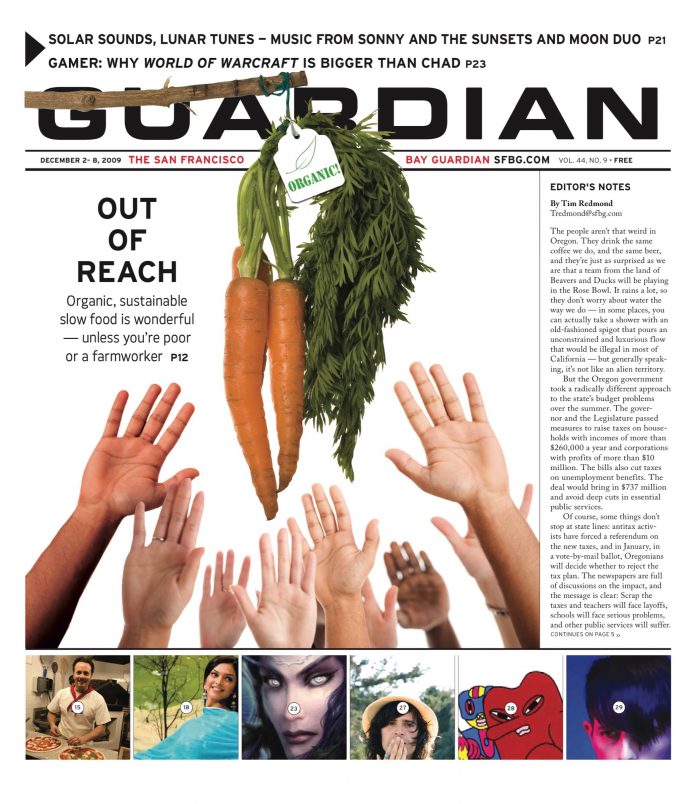World of Warcraft
Blizzard Entertainment (PC, Mac)
Most games don’t celebrate anniversaries, nor do they last long enough to celebrate five. World of Warcraft is so unlike most games that its recent milestone seems like just a pit-stop on the way to its 10th, or 15th year. Produced by Blizzard Entertainment in Irvine, the Massively Multiplayer Online Roleplaying Game (MMORPG) has rewritten the rules of the possible when it comes to computerized entertainment, smashing records of size, scope, and popularity with every new press release.
Since it debuted Nov. 23, 2004, players have logged cumulative years of their lives into the game, creating characters and venturing forth into a vast world filled with ax-toting foes and ravenous, mythical beasts. Their progress is driven by the accumulation of experience (doled out for vanquishing enemies and completing epic missions); reputation (among fellow players and also the computer-controlled “nonplayer characters” that pepper the vast, living world); and loot, the not-so-secret lifeblood of the MMORPG enterprise, which pumps through the endless “my sword is bigger than yours” status grind at the heart of the game. Thanks to the $15 subscription fee that each player ponies up each month, Blizzard has raked in around $1 billion in revenue each year.
With 11.5 million subscribers, World of Warcraft is now more populous than that titan of central African geography, Chad. Drawing on huge user-bases in China, Korea, and Europe, along with its North American stronghold, Blizzard has strangled the MMORPG market with both fists. The game is so popular and so time-consuming, furthermore, that it is in direct competition with virtually every other game released. Those caught in the icy clutches of “WoW” must decide whether they can afford to take time off to enjoy the new console shooter or world-building strategy fest.
In other circumstances, the overweening success of a single game would prove frustrating to its competitors: other developers trying to get their products in the hands of receptive audiences. Except in this case, most of those developers are themselves addicted to what some call the “World of Warcrack.” Far from resenting the pixelated equivalent of smokeable cocaine, these designers, some of them genuine gaming nobility, are just as starving for new content and phat lewts as the next Cheeto-stained WoW-head.
This kind of unquenchable hunger for the game will surely serve as the focus for much of the mainstream fifth-anniversary coverage. Bound up in WoW’s immensely popularity, unending structure, and time-sucking nature is a good deal of human iniquity. Five years of endless questing have given us “Warcraft widows” — significant others spurned in favor of virtual breastplates. A blind item on popular gossip site Gawker.com implicated the game in the breakup of a prominent celebrity couple. There have been murder plots and accidental deaths. Sweatshop-style “gold farms” in places like China force teenage employees to spend endless hours accumuutf8g virtual currency to sell on the Internet black market, much to the consternation of Blizzard.
Despite its addicting foibles, World of Warcraft shows no sign of slowing down. Cataclysm, the third expansion to the game, will reap huge profits — on top of the monthly subscription fees — when it comes out next year, promising new areas to explore and new characters to inhabit. In case you thought you had any hope of avoiding this magical, alternate world, be warned — a feature film directed by Sam Raimi is already in the works.

